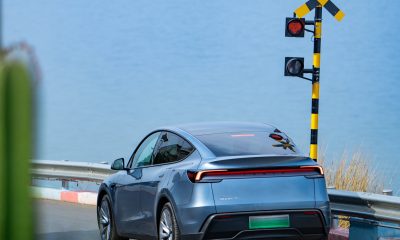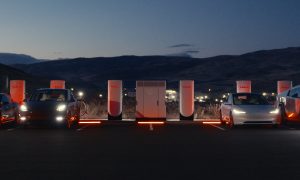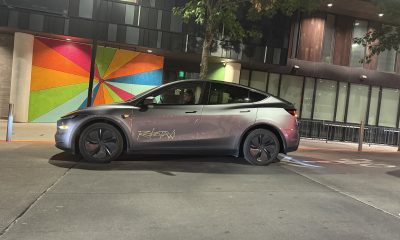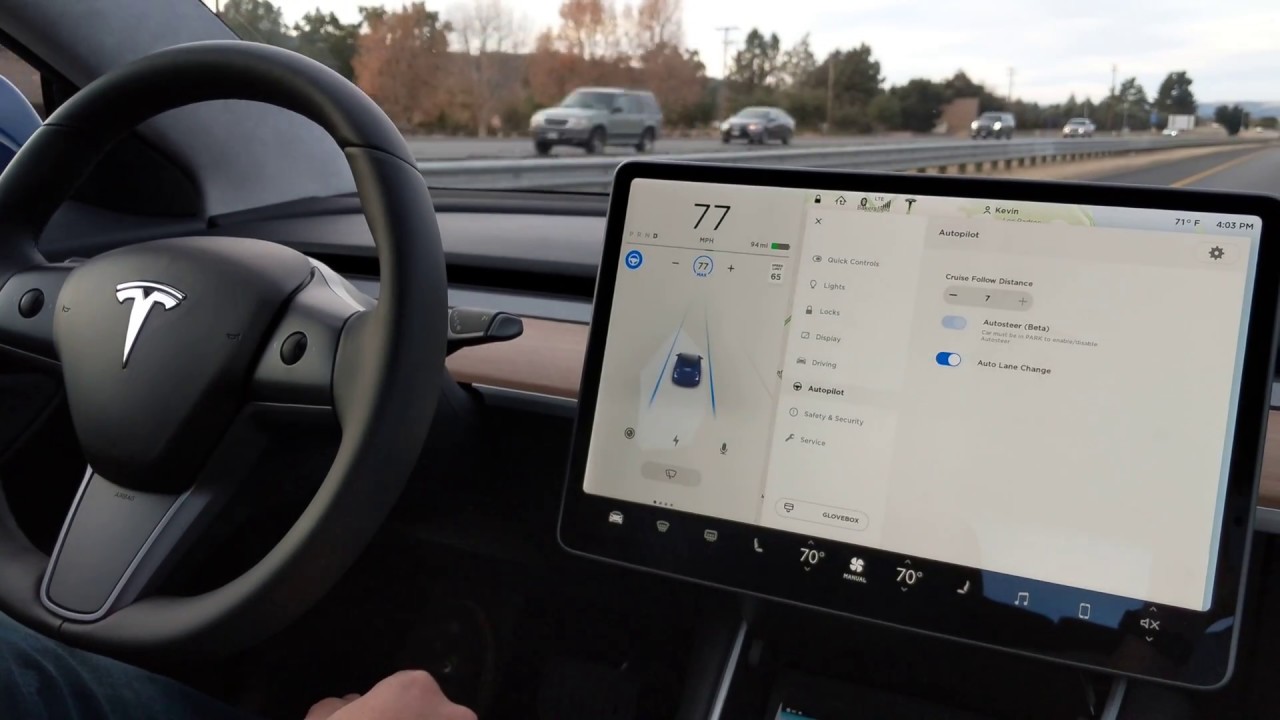

Firmware
Tesla’s Full Self-Driving patent uses cars as Earth-based GPS satellites
As Tesla works on developing its full self-driving suite, the electric car maker seems to be developing a software that aims to use other vehicles on the road as Earth-based GPS satellites. Such a system would allow Tesla to improve its fleet’s positioning accuracy, even in areas where GPS signals are usually compromised.
Tesla noted in its patent’s background that while GPS signals from space-based satellites are invaluable, factors such as satellite geometry, signal blockage, ionospheric perturbation, and atmospheric conditions, among others, can affect the accuracy of a GPS receiver. With this in mind, there is a need to develop a system that vastly improves location accuracy, mainly as it would be utilized extensively by full self-driving vehicles.
In true Tesla fashion, the electric car maker has outlined a rather clever a solution in a recently published patent. The document, titled “Technologies for Vehicle Positioning,” describes a software that allows vehicles to send signals and positioning data to each other. This allows the cars to function much like Earth-based GPS satellites, feeding positioning information to other vehicles on the road. Tesla notes in its patent that the software is flexible, being capable of operating via at least one network protocol, such as Ethernet, a Transmission Control Protocol (TCP)/lnternet Protocol (IP), or others.
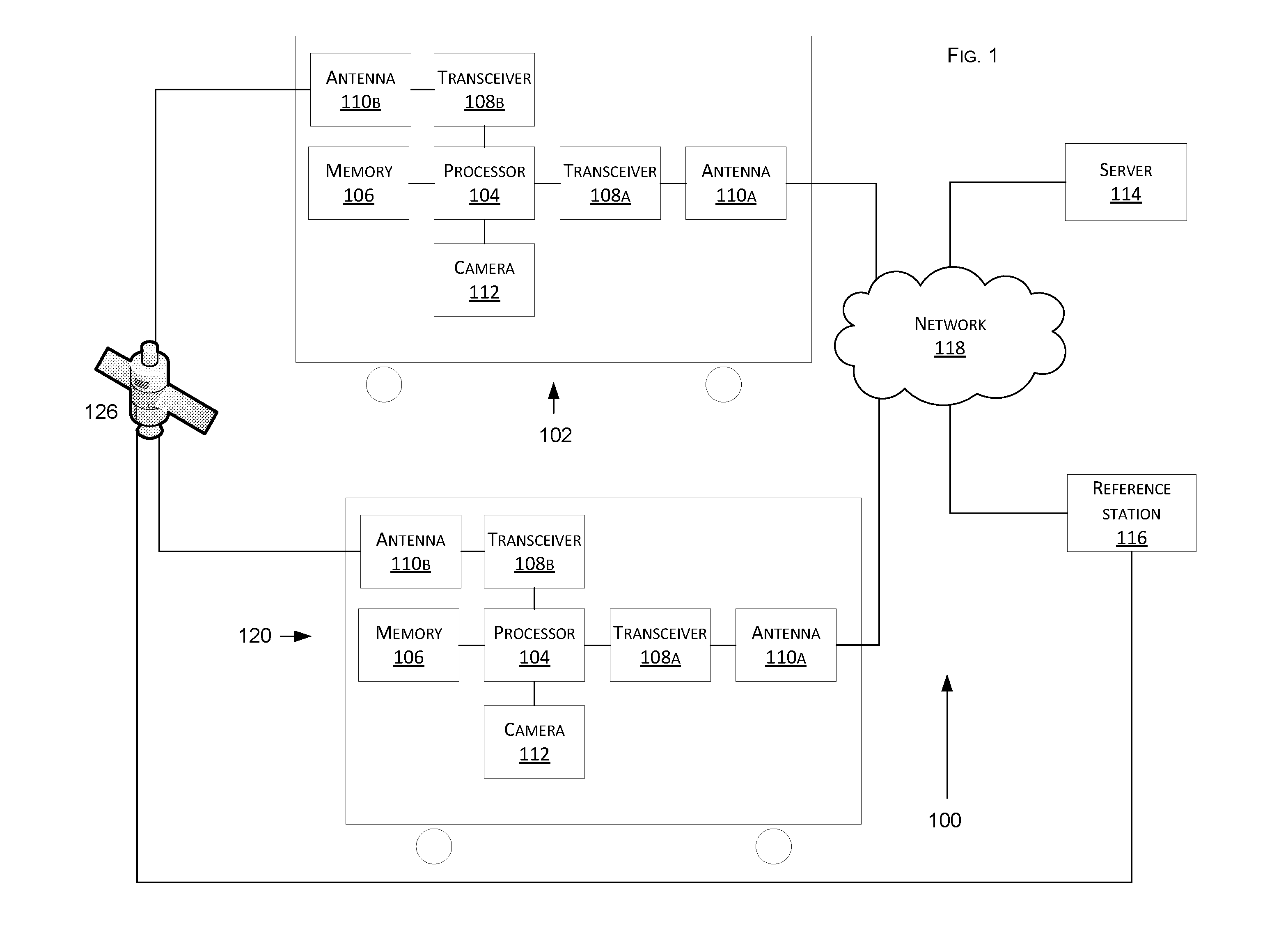
Such a system would enable Tesla’s fleet of vehicles, particularly those that are equipped with Full Self-Driving hardware, to navigate areas where GPS signals are naturally weak. Based on the patent’s description, the system is designed to be used by both individual and whole fleets of cars, as it taps into the capabilities of vehicles’ suite of sensors, including cameras, radar, ultrasonics, and similar technologies.
“Generally, this disclosure discloses a technology for improving positioning accuracy despite the factors (such as satellite geometry, signal blockage, ionospheric perturbation, atmospheric conditions, or others) that can affect the signals from the navigation satellites. The inventions increase such positioning accuracy via determining an offset and communicating the offset in various ways, or via sharing of raw positioning data between a plurality of devices, where at least one knows its location sufficiently accurately, for use in differential algorithms.”
Tesla’s patent also made it clear that the GPS positioning software being developed can also function well on cars produced by legacy carmakers and rival startup EV companies. Following are a couple of sections in the recently-published patent outlining this point.
“The power source (of the system) includes a battery, which is rechargeable. However, an internal combustion engine is possible, in which case the power source includes a fuel tank hosted via the chassis and coupled to the internal combustion engine. The power source is coupled to the drive source such that the drive source is powered thereby.
“The processor may be programmed to apply digital signal processing (DSP), machine learning and other relevant techniques, such as via using code stored in the memory, that are capable of extracting useful information from various noise levels. In some embodiments, the radar includes a lidar, which employs ultraviolet, visible, or near infrared light from lasers in addition to, or as an alternative to, the radio wave. The lidar can be used in detecting objects in the proximity of at least one of the vehicles or the vehicle.”
Tesla’s references to the internal combustion engine and vehicles equipped with LiDAR might seem a bit out of place in the company’s patent. Tesla, after all, does not produce cars that burn fossil fuels. CEO Elon Musk has also taken a publicly-known stance against the use of LiDAR for the development of Full Self-Driving systems. What then, could be a reason behind Tesla’s mention of these two details in its patent?
On the one hand, it could be assumed that Tesla is mentioning fossil fuel cars and LiDAR-equipped vehicles as a way to highlight the idea that its tech is unbounded. Thus, while Tesla might ultimately decide not to share its GPS positioning tech to rival carmakers, the company is nonetheless asserting the fact that its technology actually could work.
On the other hand, the software outlined in Tesla’s recent patent can also be one of the components that the company could utilize for the Tesla Network, an upcoming ride-sharing system expected to compete with giants such as Uber and Lyft. Being operated solely through self-driving vehicles, the Tesla Network would require hyper-accurate GPS data to work optimally. As such, systems like Tesla’s recent GPS positioning patent will undoubtedly be invaluable.
Read Tesla’s patent on vehicle positioning in full here.
Firmware
Tesla mobile app shows signs of upcoming FSD subscriptions
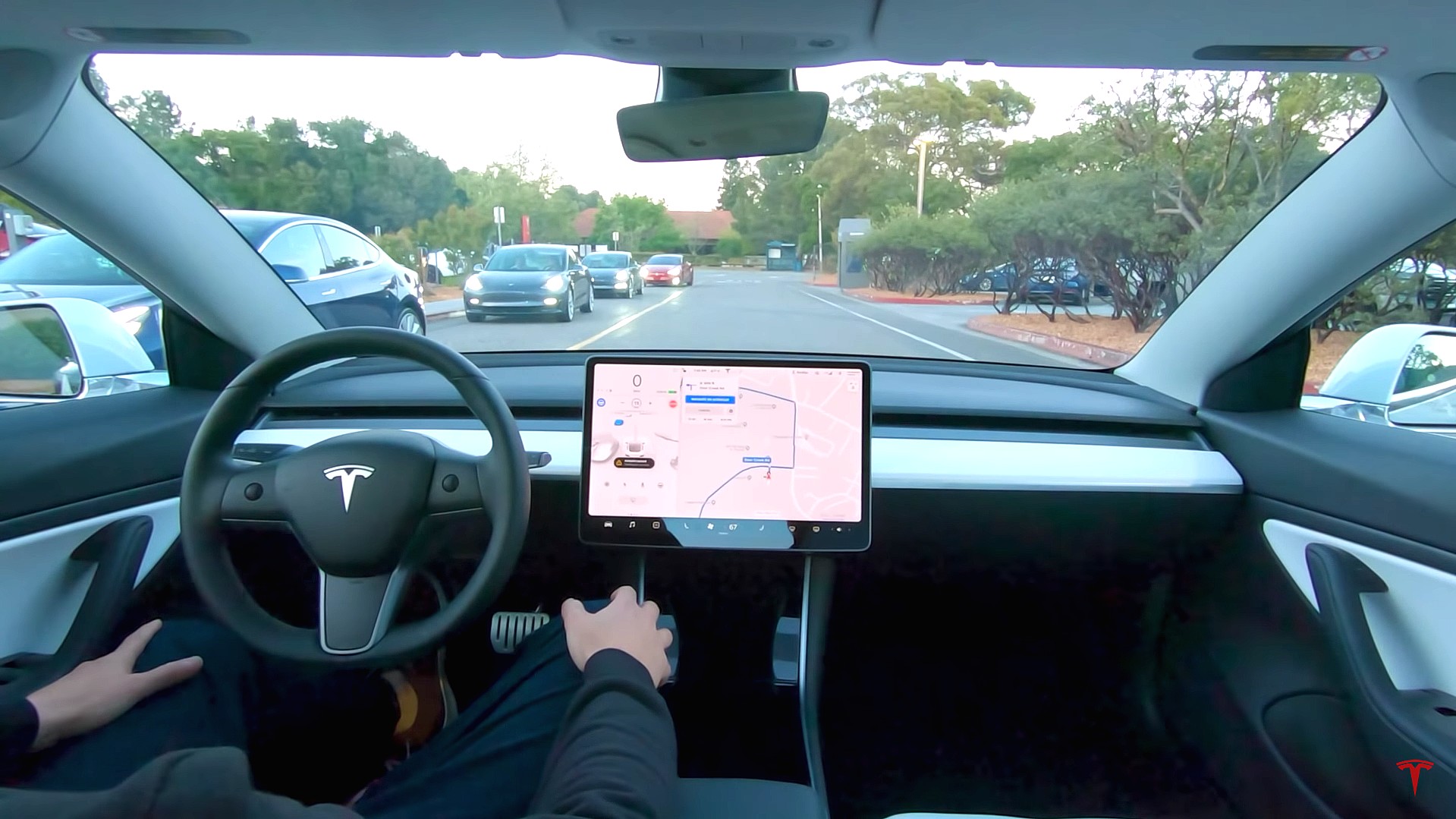
It appears that Tesla may be preparing to roll out some subscription-based services soon. Based on the observations of a Wales-based Model 3 owner who performed some reverse-engineering on the Tesla mobile app, it seems that the electric car maker has added a new “Subscribe” option beside the “Buy” option within the “Upgrades” tab, at least behind the scenes.
A screenshot of the new option was posted in the r/TeslaMotors subreddit, and while the Tesla owner in question, u/Callump01, admitted that the screenshot looks like something that could be easily fabricated, he did submit proof of his reverse-engineering to the community’s moderators. The moderators of the r/TeslaMotors subreddit confirmed the legitimacy of the Model 3 owner’s work, further suggesting that subscription options may indeed be coming to Tesla owners soon.
Did some reverse engineering on the app and Tesla looks to be preparing for subscriptions? from r/teslamotors
Tesla’s Full Self-Driving suite has been heavily speculated to be offered as a subscription option, similar to the company’s Premium Connectivity feature. And back in April, noted Tesla hacker @greentheonly stated that the company’s vehicles already had the source codes for a pay-as-you-go subscription model. The Tesla hacker suggested then that Tesla would likely release such a feature by the end of the year — something that Elon Musk also suggested in the first-quarter earnings call. “I think we will offer Full Self-Driving as a subscription service, but it will be probably towards the end of this year,” Musk stated.
While the signs for an upcoming FSD subscription option seem to be getting more and more prominent as the year approaches its final quarter, the details for such a feature are still quite slim. Pricing for FSD subscriptions, for example, have not been teased by Elon Musk yet, though he has stated on Twitter that purchasing the suite upfront would be more worth it in the long term. References to the feature in the vehicles’ source code, and now in the Tesla mobile app, also listed no references to pricing.
The idea of FSD subscriptions could prove quite popular among electric car owners, especially since it would allow budget-conscious customers to make the most out of the company’s driver-assist and self-driving systems without committing to the features’ full price. The current price of the Full Self-Driving suite is no joke, after all, being listed at $8,000 on top of a vehicle’s cost. By offering subscriptions to features like Navigate on Autopilot with automatic lane changes, owners could gain access to advanced functions only as they are needed.
Elon Musk, for his part, has explained that ultimately, he still believes that purchasing the Full Self-Driving suite outright provides the most value to customers, as it is an investment that would pay off in the future. “I should say, it will still make sense to buy FSD as an option as in our view, buying FSD is an investment in the future. And we are confident that it is an investment that will pay off to the consumer – to the benefit of the consumer.” Musk said.
Firmware
Tesla rolls out speed limit sign recognition and green traffic light alert in new update
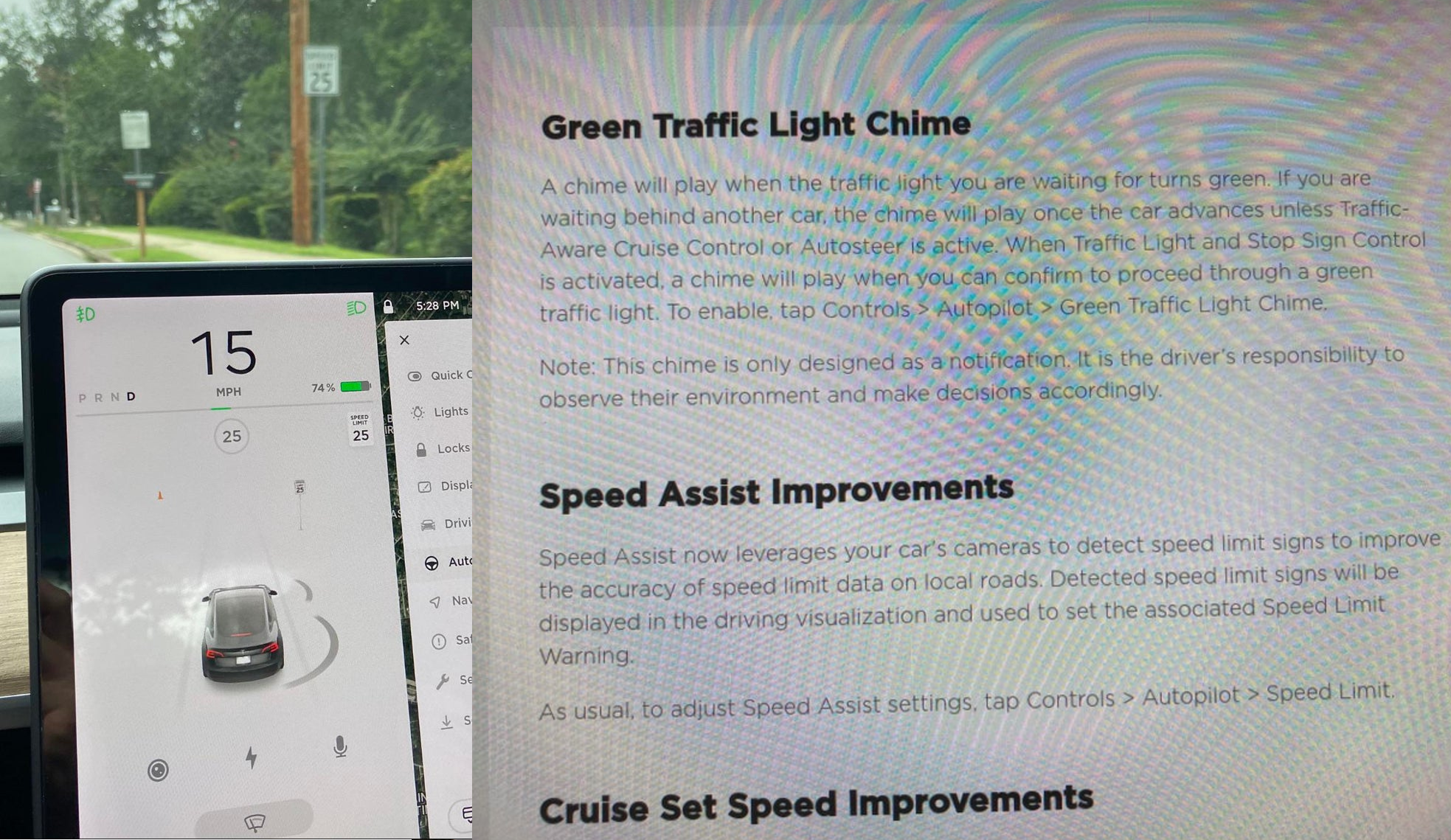
Tesla has started rolling out update 2020.36 this weekend, introducing a couple of notable new features for its vehicles. While there are only a few handful of vehicles that have reportedly received the update so far, 2020.36 makes it evident that the electric car maker has made some strides in its efforts to refine its driver-assist systems for inner-city driving.
Tesla is currently hard at work developing key features for its Full Self-Driving suite, which should allow vehicles to navigate through inner-city streets without driver input. Tesla’s FSD suite is still a work in progress, though the company has released the initial iterations of key features such Traffic Light and Stop Sign Control, which was introduced last April. Similar to the first release of Navigate on Autopilot, however, the capabilities of Traffic Light and Stop Sign Control were pretty basic during their initial rollout.
2020.36 Showing Speed Limit Signs in Visualization from r/teslamotors
With the release of update 2020.36, Tesla has rolled out some improvements that should allow its vehicles to handle traffic lights better. What’s more, the update also includes a particularly useful feature that enables better recognition of speed limit signs, which should make Autopilot’s speed adjustments better during use. Following are the Release Notes for these two new features.
Green Traffic Light Chime
“A chime will play when the traffic light you are waiting for turns green. If you are waiting behind another car, the chime will play once the car advances unless Traffic-Aware Cruise Control or Autosteer is active. When Traffic Light and Stop Sign Control is activated, a chime will play when you can confirm to proceed through a green traffic light. To enable, tap Controls > Autopilot > Green Traffic Light Chime.
“Note: This chime is only designed as a notification. It is the driver’s responsibility to observe their environment and make decisions accordingly.”
Speed Assist Improvements
“Speed Assist now leverages your car’s cameras to detect speed limit signs to improve the accuracy of speed limit data on local roads. Detected speed limit signs will be displayed in the driving visualization and used to set the associated Speed Limit Warning.
“As usual, to adjust Speed Assist settings, tap Controls > Autopilot > Speed Limit.”
Footage of the new green light chime in action via @NASA8500 on Twitter ✈️ from r/teslamotors
Amidst the rollout of 2020.36’s new features, speculations were abounding among Tesla community members that this update may include the first pieces of the company’s highly-anticipated Autopilot rewrite. Inasmuch as the idea is exciting, however, Tesla CEO Elon Musk has stated that this was not the case. While responding to a Tesla owner who asked if the Autopilot rewrite is in “shadow mode” in 2020.36, Musk responded “Not yet.”
Firmware
Tesla rolls out Sirius XM free three-month subscription
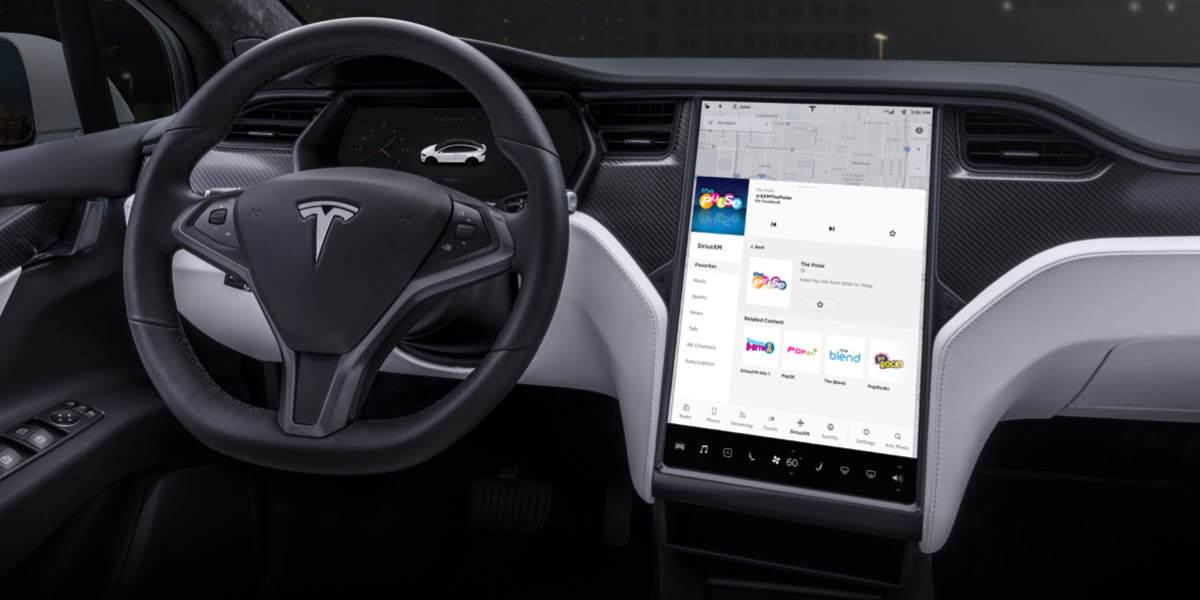
Tesla has rolled out a free three-month trial subscription to Sirius XM, in what appears to be the company’s latest push into making its vehicles’ entertainment systems more feature-rich. The new Sirius XM offer will likely be appreciated by owners of the company’s vehicles, especially considering that the service is among the most popular satellite radios in the country today.
Tesla announced its new offer in an email sent on Monday. An image that accompanied the communication also teased Tesla’s updated and optimized Sirius XM UI for its vehicles. Following is the email’s text.
“Beginning now, enjoy a free, All Access three-month trial subscription to Sirius XM, plus a completely new look and improved functionality. Our latest over-the-air software update includes significant improvements to overall Sirius XM navigation, organization, and search features, including access to more than 150 satellite channels.
“To access simply tap the Sirius XM app from the ‘Music’ section of your in-car center touchscreen—or enjoy your subscription online, on your phone, or at home on connected devices. If you can’t hear SiriusXM channels in your car, select the Sirius XM ‘Subscription’ tab for instruction on how to refresh your audio.”
Tesla has actually been working on Sirius XM improvements for some time now. Back in June, for example, Tesla rolled out its 2020.24.6.4 update, and it included some optimizations to its Model S and Model X’s Sirius XM interface. As noted by noted Tesla owner and hacker @greentheonly, the source code of this update revealed that the Sirius XM optimizations were also intended to be released to other areas such as Canada.
Interestingly enough, Sirius XM is a popular feature that has been exclusive to the Model S and X. Tesla’s most popular vehicle to date, the Model 3, is yet to receive the feature. One could only hope that Sirius XM integration to the Model 3 may eventually be included in the future. Such an update would most definitely be appreciated by the EV community, especially since some Model 3 owners have resorted to using their smartphones or third-party solutions to gain access to the satellite radio service.
The fact that Tesla seems to be pushing Sirius XM rather assertively to its customers seems to suggest that the company may be poised to roll out more entertainment-based apps in the coming months. Apps such as Sirius XM, Spotify, Netflix, and YouTube, may seem quite minor when compared to key functions like Autopilot, after all, but they do help round out the ownership experience of Tesla owners. In a way, Sirius XM does make sense for Tesla’s next-generation of vehicles, especially the Cybertruck and the Semi, both of which would likely be driven in areas that lack LTE connectivity.
-

 News6 days ago
News6 days agoTesla Robotaxi’s biggest challenge seems to be this one thing
-

 Elon Musk14 hours ago
Elon Musk14 hours agoTesla investors will be shocked by Jim Cramer’s latest assessment
-

 News2 weeks ago
News2 weeks agoTesla confirms massive hardware change for autonomy improvement
-

 Elon Musk2 weeks ago
Elon Musk2 weeks agoElon Musk slams Bloomberg’s shocking xAI cash burn claims
-

 News2 weeks ago
News2 weeks agoTesla China roars back with highest vehicle registrations this Q2 so far
-

 News2 weeks ago
News2 weeks agoTesla features used to flunk 16-year-old’s driver license test
-

 News2 weeks ago
News2 weeks agoTexas lawmakers urge Tesla to delay Austin robotaxi launch to September
-

 News2 weeks ago
News2 weeks agoTesla dominates Cars.com’s Made in America Index with clean sweep


